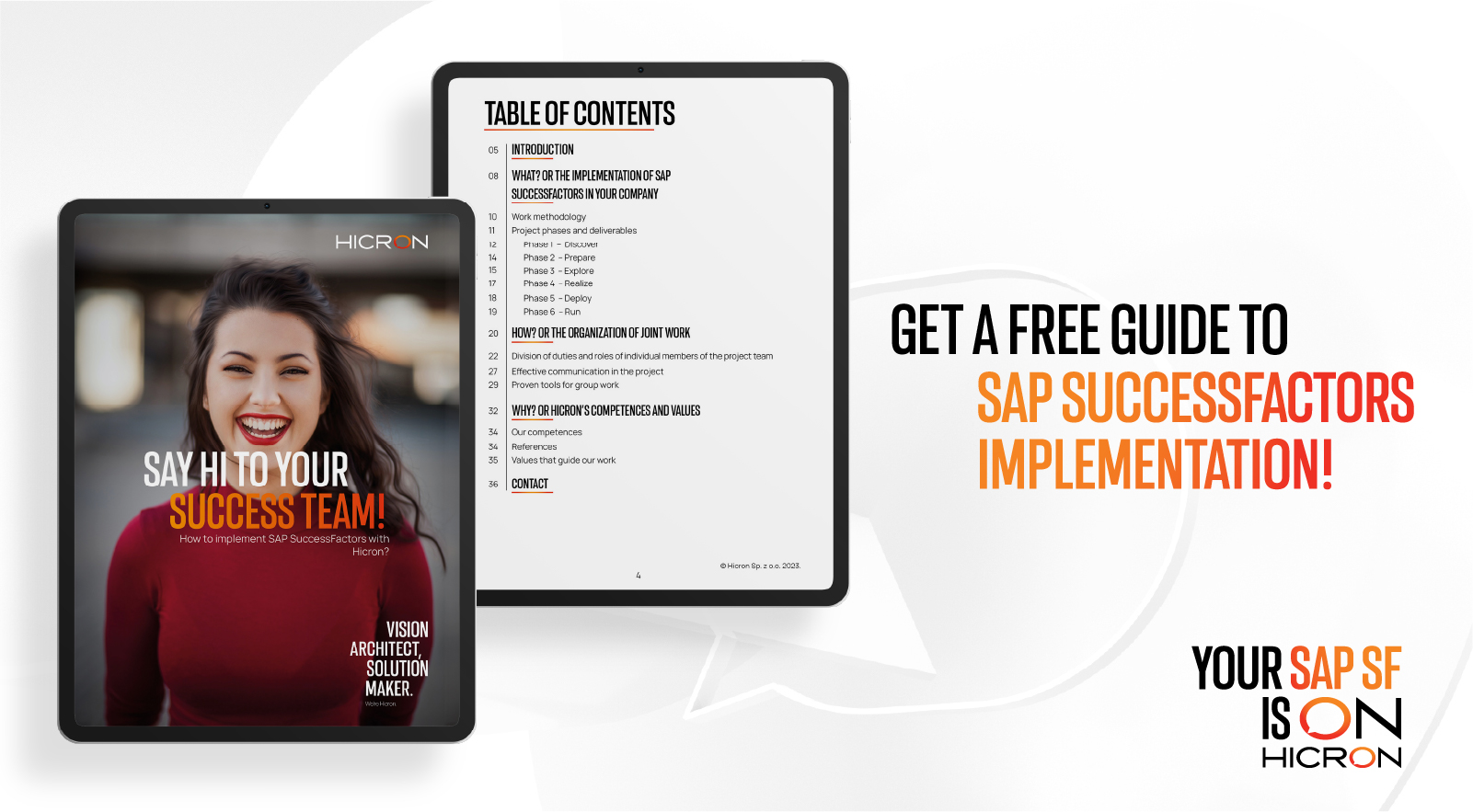Even with extensive experience and skills, there is always a lot to learn when you start working in a new place. Learning the organizational culture, getting to know the new environment, and adjusting to the responsibilities of the position.
Mergers and acquisitions mean a simultaneous influx of many such people who need to be brought into the organization, trained, introduced to the daily tasks, and integrated into the existing structure.
Unleashing the potential
Ideally, a pre-merger audit should provide HR with information about the employees and their skills. However, this is not always taken into account, so the first step in developing a strategy should be to assess the current situation.
Once we know where we are, we need to consider where the new employees will fit best.
– Reviewing the competences of employees is one way, but it is worth looking a little further, taking into account individual talents/unique competences and using the potential of employees for the long-term development of the organization created as a result of the merger process – says Daria Nadolna, PhD, Learning & Development Lead at Hicron – By focusing on a solid audit of human resources in terms of the roles performed as well as knowledge and skills, we can gain specialists in previously unaddressed areas and thus achieve a synergy effect.
If the company does not have any written rules about its organizational culture, it may be a good time to consider creating a list of internal rules and key information.
– A Culture Book will help the new employees adapt more quickly and, at the same time, it will organize the work rules that apply in the organization. It will indicate the most important values that we want to follow in the everyday operation of the organization – the expert continues.
Development tools
With a whole range of fixed measures related to rules, compensation, communication, positions, and administrative work, it is difficult to imagine a high level of personalization, especially for teams of several hundred people.
However, the ongoing digital revolution and the popularity of ERP systems provide the tools to make the whole process as smooth as possible. These tools, often already available in the cloud, simplify many merger-related processes, freeing up HR professionals’ time and leaving room for a more personalized approach.
The SAP SuccessFactors family of solutions covers both HR and people management. In addition to advanced automation, they help plan trainings, define career paths, and support the onboarding process.








